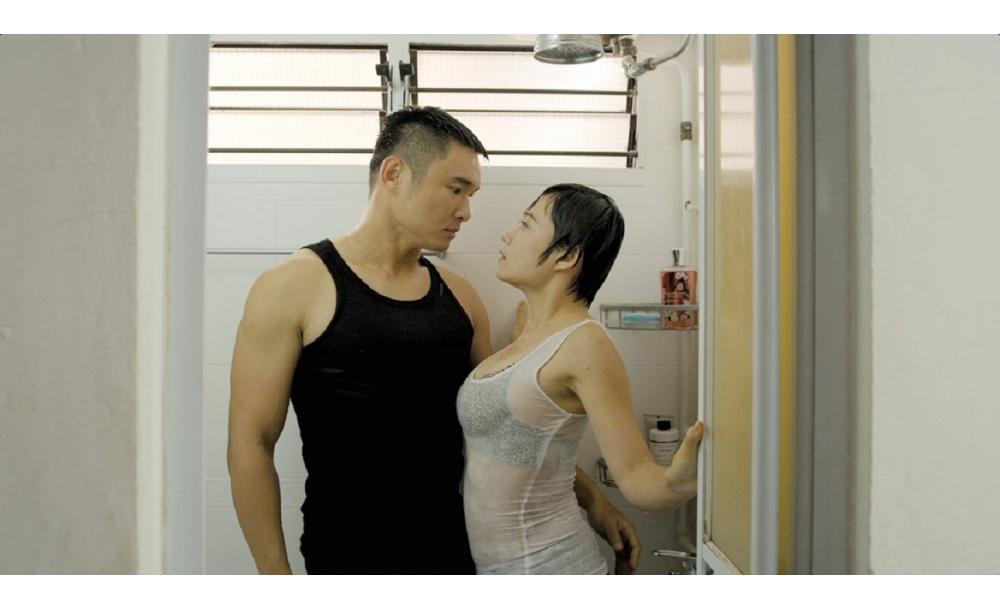Looking to invest in that piece of canvas or that amazing sculpture? Dr. Pwee Kheng Hock, partner of Utterly Art and FOST Gallery’s Stephanie Fong shares with some expert advice.
A Good Investment?
Do bear in mind that art is a fairly illiquid asset. But with some foresight and luck, that piece of yours may bring you a profit down the road. In the meantime however, do not deprive yourself of enjoying the aesthetic beauty of the artwork. Look upon yourself as a guardian: With good care, the artwork will be your legacy to your children, the next collector(s) or the public, if it is bequeathed to a museum. But as with all classes of investments, there are no guarantees and the doctrine of caveat emptor definitely applies. Here then are four tips to keep in mind when shopping for art.
1. Have a Passion
Identify something that you are passionate about. It could be, for example, collecting nature-based artworks or supporting local artists. If it’s the latter, then do some research on the artists themselves to see who’s in and who’s out. Like what and who you buy, as they can be on your wall for a long time.
2. Follow Art Trends
Bone up on the latest art news and trends. Collecting art should be about the thrill you get when you find something that you absolutely love and can’t live without. Who knows, in 10 years that piece might even become famous!
3. Decide on a Budget
It’s not true that you need to have deep pockets to be an art collector. Establish your budget first, then buy the best you can afford.
4. Do your Homework
Shop around and compare prices. If the gallery is in a swank shopping center with enormous rental costs, chances are you’re paying extra to help keep them in the mall. Secondly, as most art works are unique you’ll need to ask yourself if the perceived value of the artwork (i.e. how much you like it) far outweighs its actual value (i.e. the actual price).





